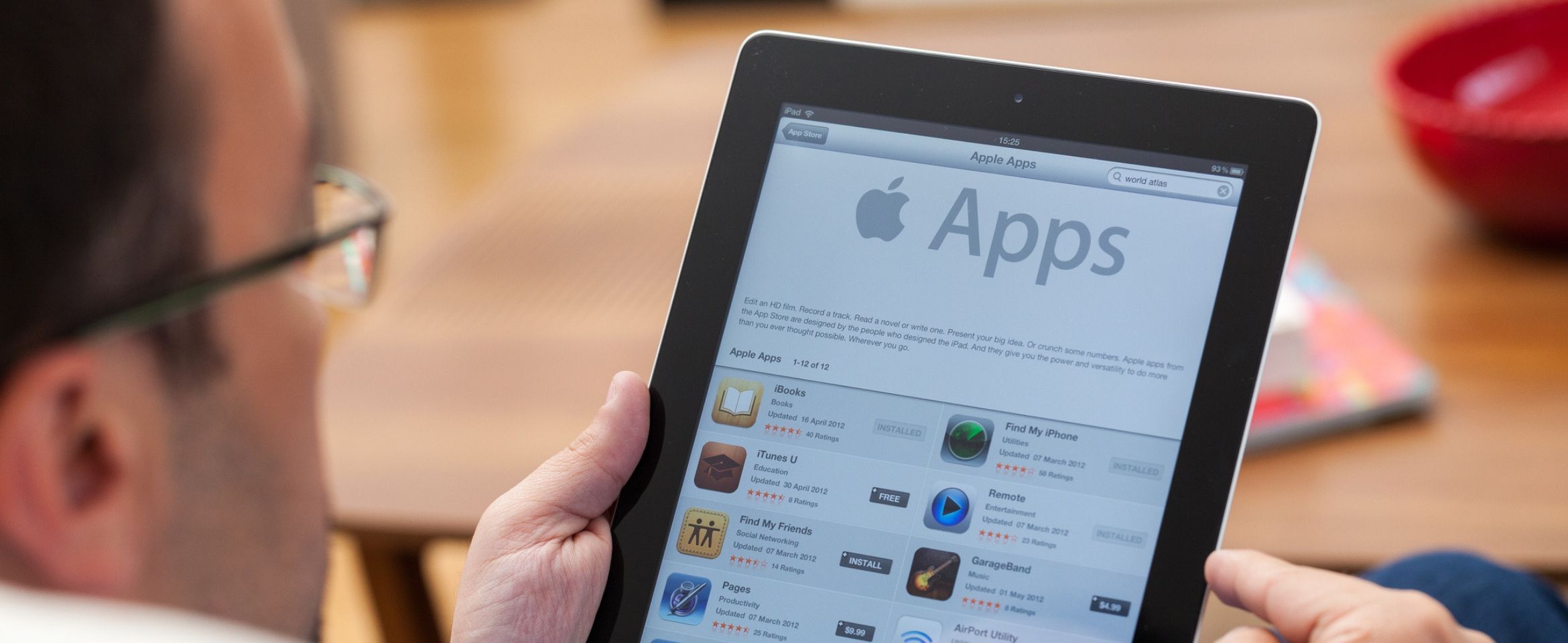Drive-to-store is a marketing approach that encourages people to go to a physical sales outlet to make a purchase. Although technically speaking, conventional advertising on radio, television or in an advertising prospectus constitute an approach of this kind, the term drive-to-store is used in particular to make a link between a digital action and a customer visiting a store. In this regard, web applications can be particularly effective.
Geolocation: a key success factor
To implement a web-to-store strategy, you need to know where they are. Today, everyone has a smartphone in their pocket. And this can prove very useful for advertisers in order to obtain geolocation data. Once reconciled using a variety of tools, this data can be used to measure the impact of the campaign and as a means of personalisation. What is important is being able to send out the right message to the right person at the right time and in the right place. If you have a store in Paris, you won’t want to target an internet user in Montreal. The more targeted advertising is, the better received it is, as it is relevant and therefore less costly in terms of volume for the advertiser.
At the heart of the debate is the issue of geolocation. There are two major methods for this:
GPS
This is a well-known technology that is easy to use and included in many web and mobile applications. GPS can be combined with in-store Wi-Fi units to measure the impact of a campaign and the number of internet users who have come to a specific outlet.
The problem is accuracy. GPS offers very variable levels of accuracy (from 5 to 15 meters depending on the smartphone). It is therefore clearly insufficient in dense urban environments like a large shopping center where stores are located within close proximity of each other.
SDK
A small program consisting of a few lines of code included in a third-party application. It shares users’ geolocation data (with their consent) with advertisers. In general, SDK is included in very popular applications with significant traffic. Data is therefore fairly reliable but this is a specific development process that requires applications to be updated and a large number of partners in order to be fully functional.
Thanks to geolocation, it is therefore easy to find your store in a web application and guide the customer from A to Z.
Omni-channel approach: making life easier
Omni-channel marketing is the convergence of communications and distribution technologies and channels to make life easier for customers. This means that you can order online and collect the product in-store, go to a store, try it out, and have it delivered to your home, etc. The barriers have now fallen between the internet and bricks-and-mortar commerce. We also talk about phygitalisation to explain this phenomenon.
Shifting to an omnichannel approach means you can use a relay point, create new experiences on-site and physically embody a digital brand. Predicting and anticipating these behaviors transforms a traditional store into a connected and augmented store.
Don’t forget local listings
Whether on Google My Business, Yelp, TripAdvisor, Google Maps or Apple Plans, local listings allow for stores to be easily identified when searching online. They often contain practical information. Take your time to input all useful data into meta-search engines so that it can be displayed to customers when searching. This includes, in particular, your address, opening hours, access information etc.
The link to social media
To connect with a local audience, you also need to focus on your social community. Social media offers a number of ways to do this. You can select your audience by postcode, according to a certain distance from your business. Or even people living close to your sales outlet etc.
It enables you to target people whose birthday is in the next seven days and who live in your area. Drive-to-store advertising can direct them to a dedicated landing page to register. The goal could be to receive a discount voucher or bonus offer to test out your services. You can also specifically target people who have not yet subscribed to your page in order to reach people you don’t yet know. Putting all these criteria together, you can carry out a few trials runs before you find the winning formula.
The combination of digital and brick-and-mortar commerce is now a reality. We talk about click-and-mortar to refer to this change in behavior, which is driven by new technologies continually being developed. Embracing this change means stepping up the rate of the digital transition. This will keep you stay one step ahead of your competitors and be better prepared for the future. Do you need help with your next drive-to-store advertising campaign? Contact our team of experts!
 SKALE
SKALE  Join Kwanko
Join Kwanko  Program Directory
Program Directory  Who is Kwanko
Who is Kwanko  History
History  Careers
Careers  Kwanko Academy
Kwanko Academy  News
News  Case Studies
Case Studies  Strategy and commitment
Strategy and commitment  Social Responsability
Social Responsability  Gender Equality
Gender Equality  Our Environmental Charter
Our Environmental Charter  Our Ethical Charter
Our Ethical Charter  Our responsible purchasing policy
Our responsible purchasing policy  Certifications and Publications
Certifications and Publications 



 Publishers
Publishers Advertisers
Advertisers Our Solutions
Our Solutions  About Us
About Us  Academy
Academy 











